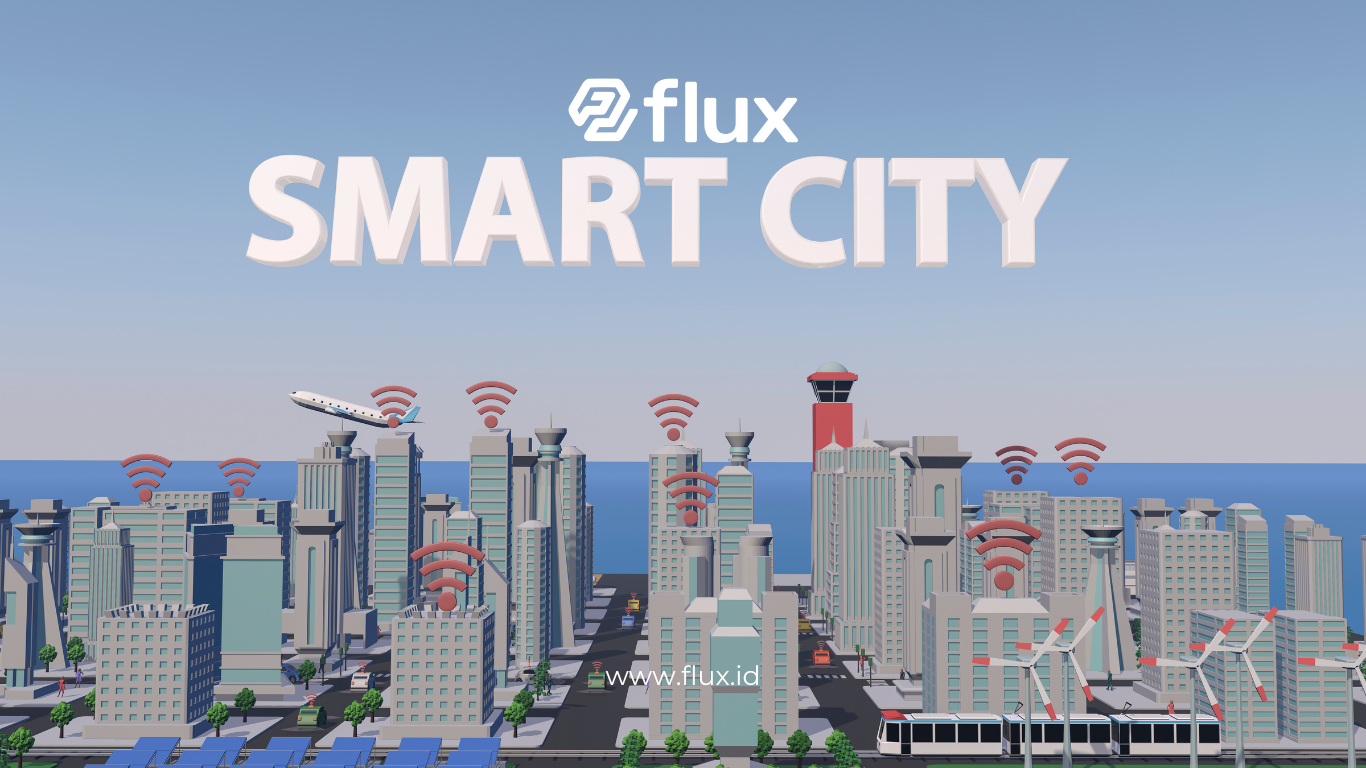Don't miss our holiday offer - 20% OFF!
Smart cities represent the future of urbanization, with Internet of Things (IoT) technology as the key catalyst. One of the primary challenges in smart city management is achieving efficient and sustainable energy use. This article explores how IoT plays a vital role in realizing managing energy in smart cities.
Contents
- 0.1 1. What Are Smart Cities and Their Energy Challenges?
- 0.2 2. The Role of IoT Technology in Energy Management
- 0.3 3. IoT Solutions for Energy Efficiency in Smart Cities
- 0.4 4. Case Studies: Successful Smart Cities Utilizing IoT for Energy Management
- 0.5 5. Challenges in Implementing IoT for Energy Management
- 0.6 6. The Future of IoT in Smart Cities
- 1 Conclusion
1. What Are Smart Cities and Their Energy Challenges?

Read More: Smart City: Technological Solutions for Better Urban Living
Definition of Smart Cities
Smart cities leverage technology to enhance residents’ quality of life through efficiency, inclusiveness, and sustainability.
Energy Challenges in Smart Cities
To begin with, rapid urban population growth significantly increases energy demands. Additionally, traditional energy production often generates carbon emissions, posing serious environmental risks. These challenges underline the urgent need for innovative solutions like IoT.
2. The Role of IoT Technology in Energy Management
What is IoT?
The Internet of Things (IoT) is a network of interconnected devices that exchange data and enable automated control, transforming energy management in urban areas.
Benefits of IoT in Energy Management
Firstly, IoT sensors provide real-time monitoring of energy consumption across various sectors in the city. Moreover, these technologies optimize energy usage by ensuring efficient distribution, which helps in reducing waste. Finally, IoT facilitates the integration of renewable energy sources, such as solar and wind power, into the grid, supporting a greener future.
3. IoT Solutions for Energy Efficiency in Smart Cities

Read More: Smart City and the Future of Urban Areas: Optimizing Infrastructure with Smart Technology
IoT offers practical solutions to address energy inefficiency in smart cities.
Smart Grids
For instance, smart grids enable flexible energy management, ensuring that electricity is distributed efficiently and effectively.
Smart Lighting
In addition, IoT-powered streetlights automatically adjust brightness based on real-time requirements, significantly reducing unnecessary energy usage.
Building Energy Management Systems (BEMS)
Similarly, Building Energy Management Systems allow individual buildings to manage their energy consumption autonomously, ensuring minimal wastage.
4. Case Studies: Successful Smart Cities Utilizing IoT for Energy Management
Real-world applications of IoT in energy management highlight its effectiveness.
Barcelona, Spain
The city of Barcelona implemented smart lighting systems, which resulted in a 30% reduction in energy consumption.
Songdo, South Korea
Meanwhile, Songdo utilized IoT-based automated waste management systems, contributing to its reputation as a sustainable smart city.
5. Challenges in Implementing IoT for Energy Management

Read More: IoT-Based Environmental Monitoring: Building a Healthy Smart City Ecosystem
While IoT offers numerous benefits, there are still obstacles to overcome.
- High Initial Costs
To start with, the investment required for IoT devices and infrastructure can be a barrier for local governments. - Data Security
Furthermore, IoT devices are susceptible to data breaches. Therefore, robust cybersecurity measures are essential to protect sensitive information.
6. The Future of IoT in Smart Cities
Looking ahead, IoT technology will continue to evolve, providing even more innovative solutions for energy efficiency. Moreover, collaboration among governments, private sectors, and communities will play a crucial role in ensuring successful implementation. Ultimately, the widespread adoption of IoT could revolutionize how cities manage their energy resources.
Conclusion
In conclusion, IoT technology is a transformative tool for energy management in smart cities. By leveraging IoT, cities can minimize energy wastage, promote sustainability, and create healthier urban environments. As the adoption of IoT expands, its potential to achieve long-term efficiency and sustainability will redefine the future of urban living.





